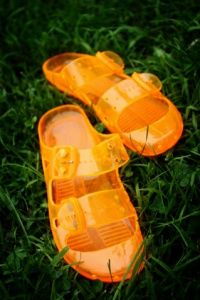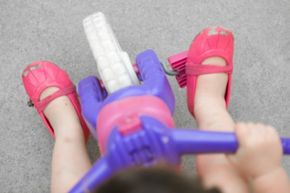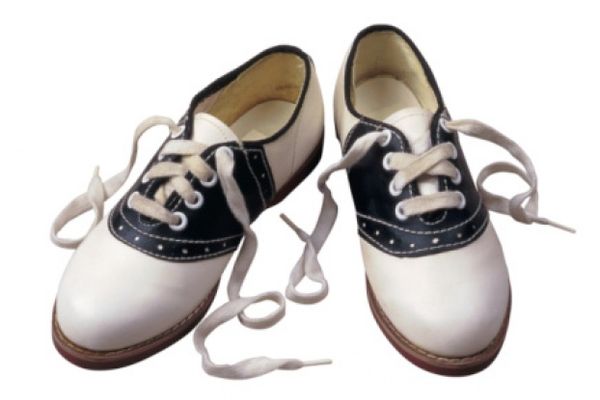Injection-molded soft plastic footwear -- also known by sexier-sounding names like jelly shoes and jellies -- is made the world over, rising and falling in the fashion world at any given time. Many folks remember jellies from when they were growing up; some still don them today.
But jelly shoes got their start back in the '80s. The early products were usually made by a Brazilian company named Grendene, and were marketed and distributed in the United States by the Grendha Shoe Corporation for around $10 to $20 a pair. For such an inexpensive shoe, Grendha took design seriously: Jellies were restyled every six months or so to stay ahead of the competing companies. Four European designers were tasked with concocting the ongoing rollouts [source: Baker].
Advertisement
But a lock on soft plastic footwear can really only last so long. Nowadays, shoes made from plastic are manufactured by all sorts of companies in a wide range of styles sold at several different price points. They can be clear or colored, woven or solid, glittered or bejeweled, translucent or opaque. Jelly fans rave about the shoes because they're easy to clean, cheap to manufacture and comfortable to wear (although there are others who would beg to differ on that last point). And while most jellies are cheap to make, it's important to note the price can be quite steep for those marketed to high-end consumers and made by companies better known for their fine footwear.
On the next page, we'll take a closer look at how jelly shoes leaped off the assembly line and onto shoe store shelves the world over.
Advertisement





